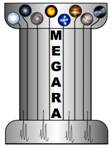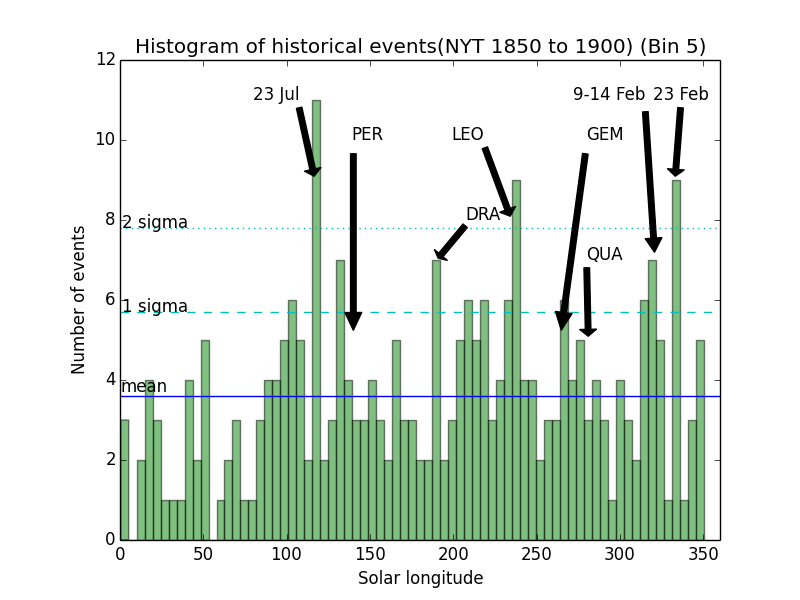Dept. Astrofísica y CC de la Atmósfera Univ. Complutense de Madrid
| Research lines:
Local star-forming galaxies Galaxy models Surveys Databases SHARDS project Stellar libraries Early-type galaxies Meteors and Fireballs Dark Skies |
Instrumental developments: MEGARA:Multi-Espectrógrafo en GTC de Alta Resolución para Astronomía |  |
| EMIR: Espectrógrafo Multiobjeto en el InfraRrojo |

| |
| FRIDA: inFrared Imager and Dissector for Adaptative optics |
 |
Alejandro Sánchez, a new PhD

GUAIX member Alejandro Sánchez de Miguel has obtained his PhD with his thesis work: "Variación espacial, temporal y espectral de la contaminación lumínica y sus fuentes: metodología y resultados”.
Congratulations Álex!
Descubren ‘la punta del iceberg’ de una evasiva población de galaxias enanas

La galaxia enana, en los alrededores de la NGC6503 (arriba a la derecha). Las imágenes de NG6503-d1 se corresponden con una combinación de falso color en el rango visible (arriba a la izquierda); en el visible tomada con la Suprime-Cam (abajo a la izquierda); en el ultravioleta, con el satélite GALEX de la NASA (abajo en el centro); y la emisión del gas caliente, con la Suprime-Cam (abajo a la derecha).
El diagrama de color-color UV-IR GALEX/S4G: atrapando galaxias espirales fuera de la Secuencia Azul

Panel izquierdo: Diagrama color-color (FUV − NUV) frente a (NUV − [3.6]). Panel derecho: Diagrama color-magnitud usando la diferencia entre el color (FUV − NUV) y el ajuste a la GBS en el diagrama color-color frente a M_[3.6].
Worldwide variations in artificial skyglow

Typical night sky brightness at two locations: the top plot is Kitt Peak in Arizona, the bottom is near the center of Berlin. NSU is how bright it is compared to a starry sky.
Newspaper archives drop hints about the Chelyabinsk event and other superbolides

Distribution of news on the New York times. One of the databases used for this research. Dates correspond to the position of the sun on 2013.
· Analysis of the appearance frequency of these superbolides and big fireballs (meteors brighter than the Full Moon) shows how some dates have a greater abundance, as it does with meteor showers (much smaller meteoroids). This is direct evidence on the existence of small asteroids yet to be discovered, that cross Earth’s orbit and may impact it.
· Researchers and students of Universidad Complutense de Madrid started a citizen science project delving into national and international newspapers archives like New York Times and El País.
· The preliminary results were presented in the XXI National Astronomy Conference hold in Granada, Spain in May 2014 (http://goo.gl/Ngwshw).










